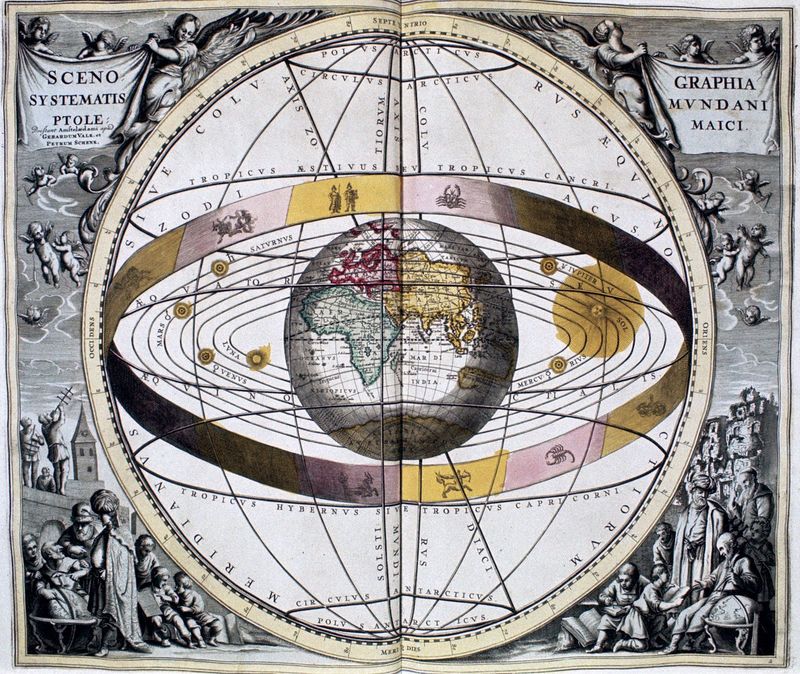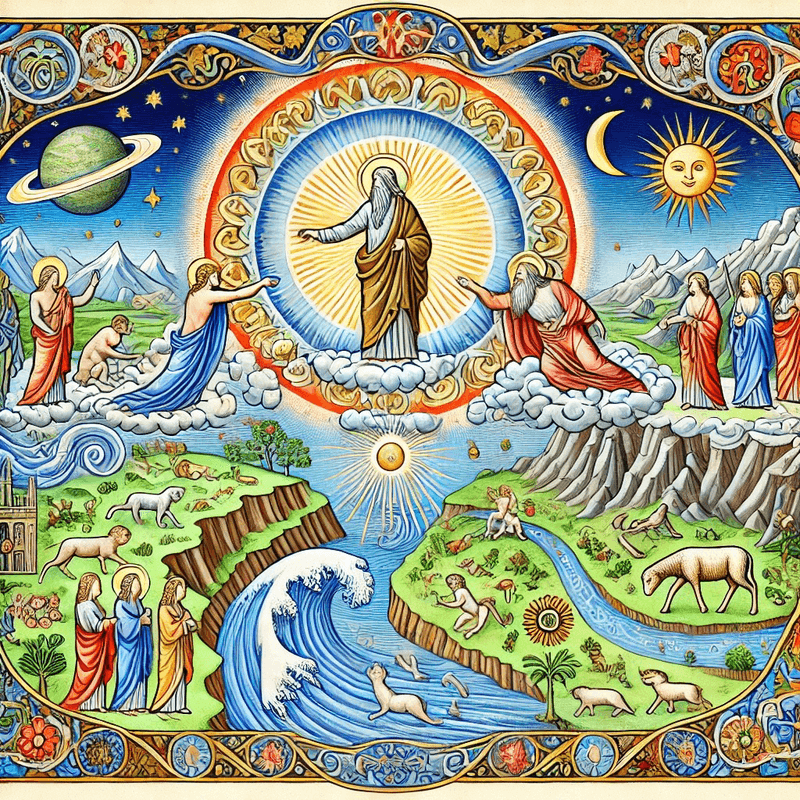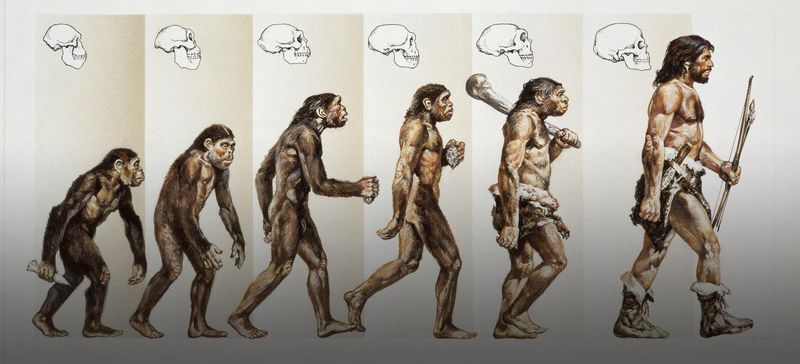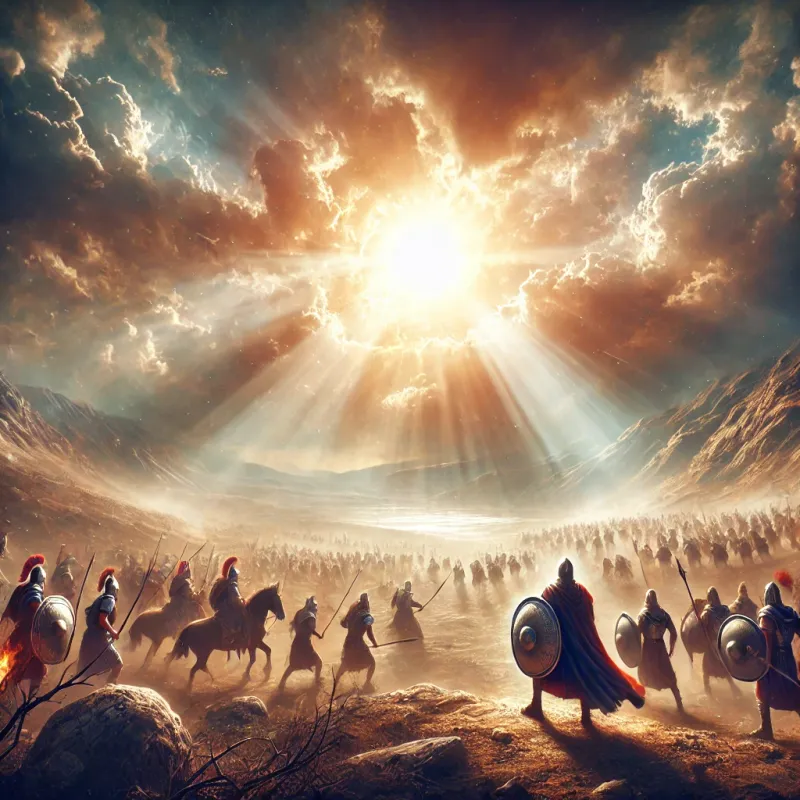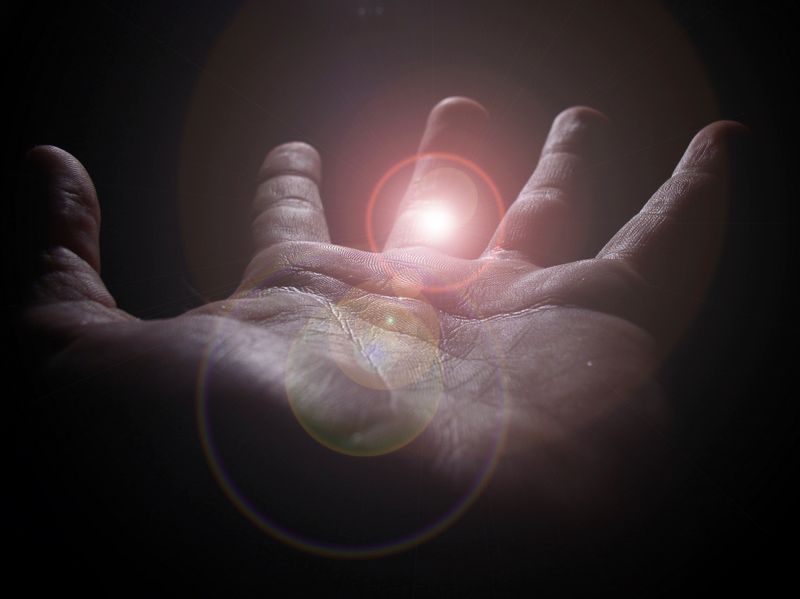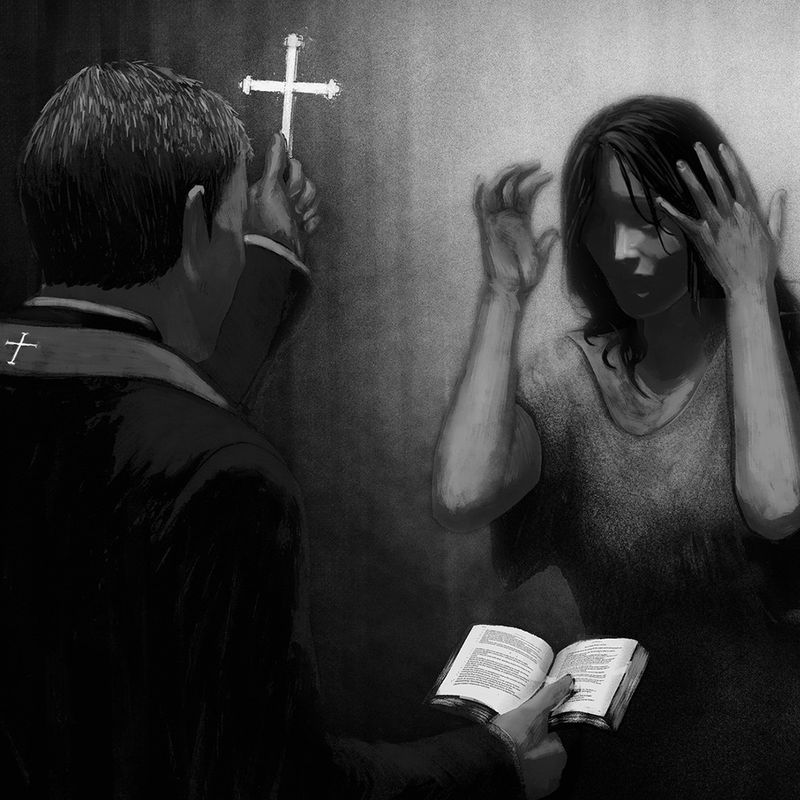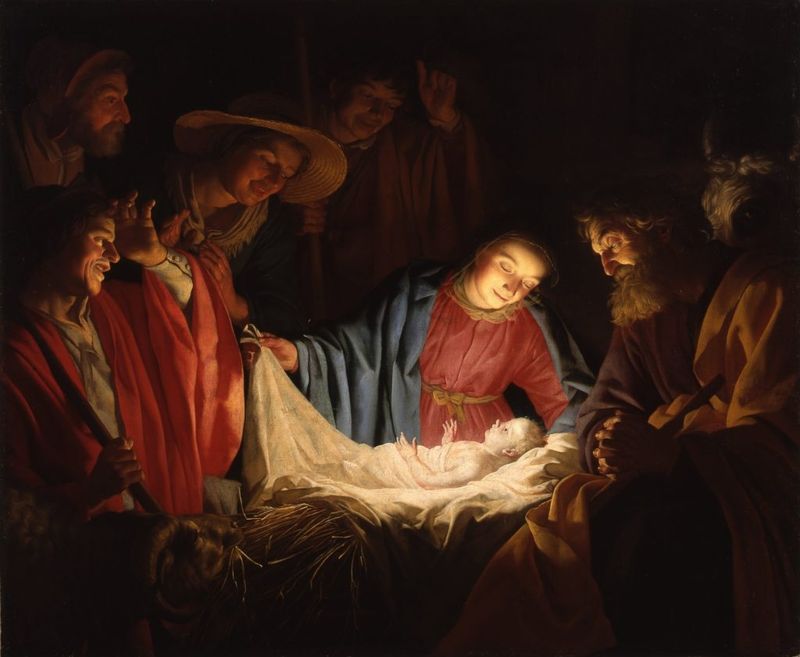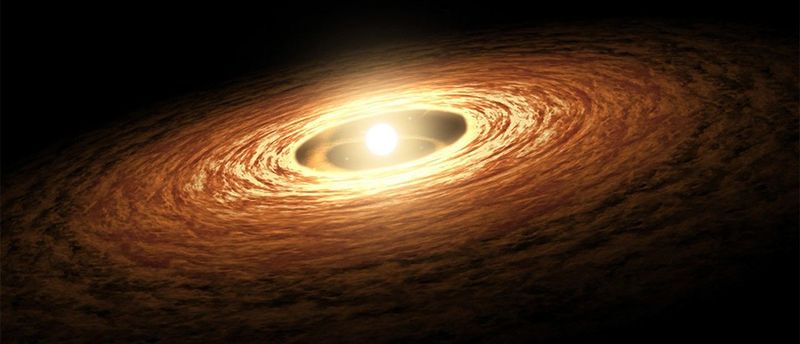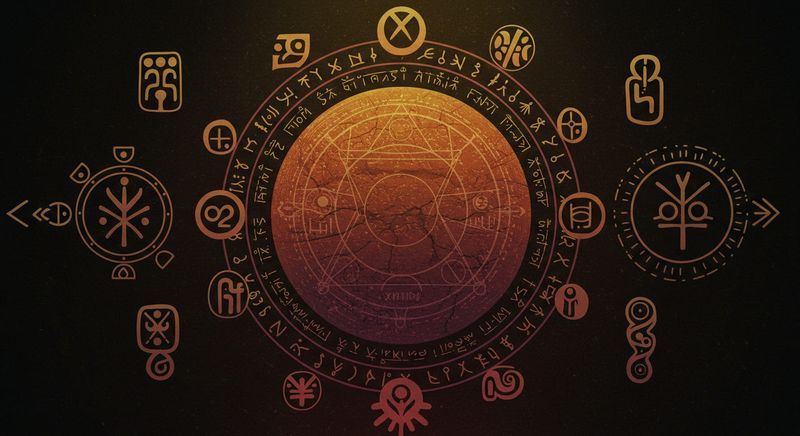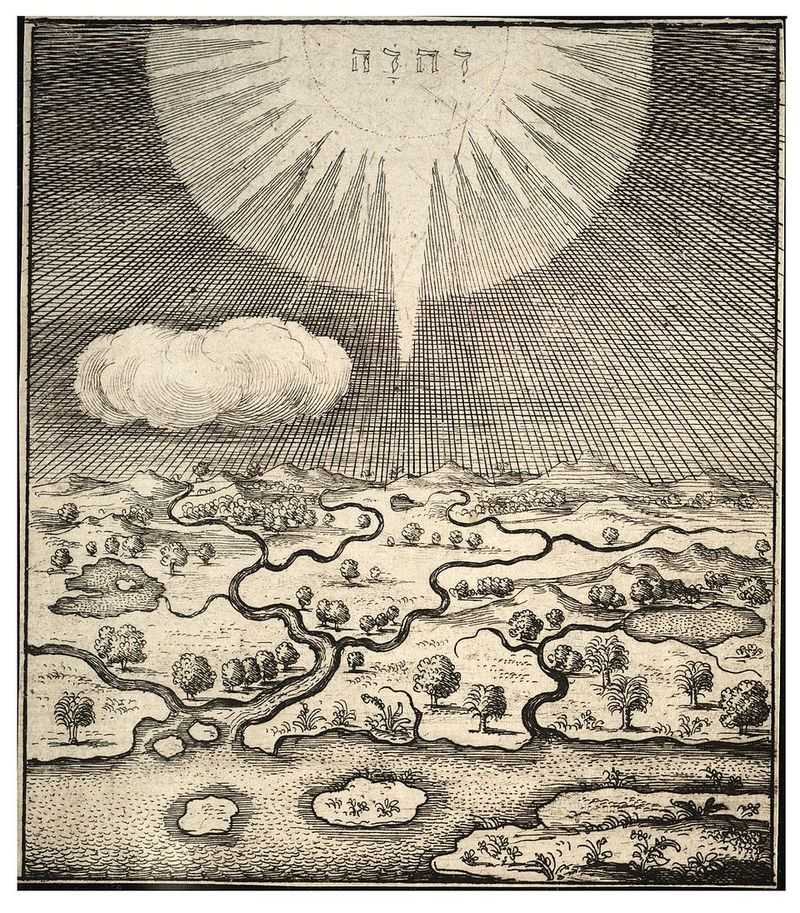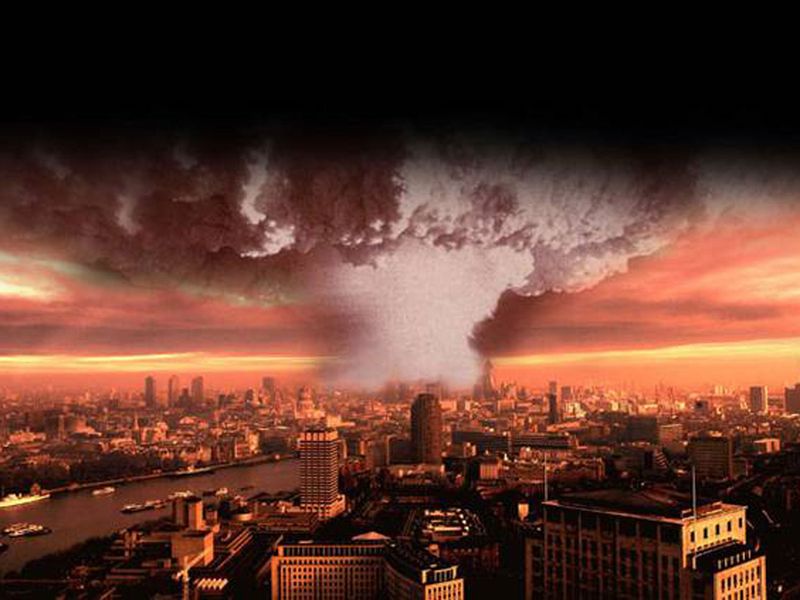Religion and science have long danced a delicate tango—sometimes in sync, other times stepping on each other’s toes. While faith offers moral and spiritual guidance, science aims to explain the natural world through evidence. But what happens when sacred beliefs meet hard data? Here are 16 religious beliefs that conflict with modern facts—and what believers are saying in response.
1. The Earth Is the Center of the Universe
Once considered divine truth in Christian doctrine, the geocentric model placed Earth at the universe’s center. However, the heliocentric model, which shows Earth orbiting the sun, is now widely accepted. Many believers see this shift as a testament to God’s intricate design, rather than a conflict with faith. As major denominations embrace scientific findings, they often interpret them as complementary to their spiritual beliefs. Interestingly, some historical artifacts still depict the geocentric view, offering a glimpse into humanity’s evolving understanding of the cosmos. The dialogue between faith and science continues, enriching both realms.
2. Creation in Six Days
The Genesis account of Earth’s creation in six days stands in contrast to cosmology’s 13.8-billion-year timeline. For many, these “days” are not literal but symbolic, representing vast epochs of time. This interpretation allows believers to reconcile religious texts with scientific evidence, fostering a sense of harmony between faith and reason. The discussion often includes theologians debating the nuances of sacred scripture, emphasizing the richness of metaphorical language. By embracing both spiritual and scientific narratives, individuals find deeper meaning in the universe’s history, enriching their understanding of existence.
3. Humans Were Created Fully Formed
Religious texts describe the instant creation of humans, yet evolution depicts a gradual development over millions of years. Some believers interpret Adam and Eve as symbolic figures, representing humanity’s origins and spiritual journey. This perspective aligns with evolution while honoring sacred stories. The dialogue between science and religion becomes a tapestry of insights, weaving together strands of faith and evidence. In this way, believers find a narrative that respects both their spiritual heritage and scientific advancements. It’s a harmonious blend that celebrates human curiosity and the mystery of creation.
4. The Great Flood Covered the Whole Earth
The story of Noah’s Ark suggests a flood that engulfed the entire planet. However, geological evidence points to localized, massive floods rather than a global deluge. Some believers propose that these narratives are collective memories of significant regional events. This interpretation acknowledges both the spiritual lessons of the story and the scientific evidence. By embracing the mythos and the data, believers find a richer understanding of humanity’s history. Ancient symbols from various cultures often accompany these tales, illustrating the shared human experience of natural disasters throughout time.
5. The Sun Stopped in the Sky
In Joshua 10:13, the sun is said to have stood still, a claim that defies physics. This biblical passage is often interpreted poetically rather than literally, capturing the drama of a significant battle. For many believers, the story’s power lies in its symbolic meaning rather than its factual accuracy. The awe-inspiring imagery of a halted sun reflects humanity’s desire to see the divine in everyday events. By viewing these narratives as myths, believers find timeless truths within their faith, transcending literal interpretations to uncover deeper spiritual insights.
6. Miraculous Healings
Faith healing remains a central practice in many religious traditions, offering hope and solace. While medicine focuses on evidence-based treatments, some believers combine prayer with healthcare, viewing both as integral to divine intervention. This synthesis of faith and science reflects a holistic approach to wellness, acknowledging the spiritual dimensions of healing. The stories of miraculous recoveries often inspire profound faith and community support. By embracing both prayer and medical care, individuals find empowerment through belief, while recognizing the importance of modern medicine in achieving physical well-being.
7. Demons Cause Illness
Historically, mental illness was often attributed to demonic possession, a view that has evolved with advancements in psychology. Today, mental health is understood as a complex interplay of biology, environment, and personal experiences. Many religious communities have adapted, supporting mental healthcare alongside spiritual practices. Deliverance rituals still exist, but they coexist with therapy and medical treatments. This blend of old and new reflects the resilience of faith traditions in addressing human suffering. By integrating spiritual insights with scientific understanding, believers create compassionate environments for healing and growth.
8. Virgin Births Are Possible
Stories of miraculous births, such as the Virgin Mary, captivate believers across cultures. While unexplained by science, these narratives are seen as divine mysteries that inspire awe. For many, the virgin birth symbolizes purity, hope, and new beginnings, transcending literal interpretations. The imagery of celestial beings and sacred symbols enriches the narrative, fostering a sense of wonder and spiritual reflection. By embracing the mythical and the mystical, believers find deeper connections to their faith, celebrating the beauty of the unknown and the potential for miracles in everyday life.
9. The Universe Was Made for Us
Some doctrines teach that humans are the focal point of creation. However, astronomy reveals a vast universe with countless galaxies, suggesting a more humble role for humanity. Believers often reconcile this by emphasizing human consciousness as a unique gift, giving us significance despite the universe’s enormity. This perspective fosters a sense of stewardship and curiosity, encouraging exploration and understanding of the cosmos. By acknowledging our small place in the universe, we gain appreciation for the wonders beyond Earth, bridging the gap between spiritual significance and scientific discovery.
10. Gender Roles Are Divinely Fixed
Many religious texts outline specific roles for men and women, a concept increasingly challenged by contemporary views on gender fluidity and equality. Progressive interpretations of sacred texts argue these roles were culturally specific rather than divine mandates. This shift allows for a more inclusive understanding of gender, aligning spiritual teachings with modern social sciences. Dialogue around gender in religious communities often leads to enriched perspectives, fostering empathy and inclusivity. By reinterpreting tradition, believers find pathways to honor both their faith and the diverse experiences of individuals in today’s world.
11. Animals Don’t Have Souls
Traditional teachings often deny animals a spiritual essence, yet biology reveals their capacity for emotions, intelligence, and social bonds. Many faiths now recognize animals as sentient beings deserving of compassion. This evolving perspective reflects a broader understanding of creation, emphasizing interconnectedness and stewardship. The recognition of animals’ intrinsic value aligns with ecological consciousness, encouraging ethical treatment and conservation. By expanding spiritual compassion to all living beings, believers find a deeper connection to the natural world, celebrating the diversity and wonder of life on Earth.
12. Astrology Predicts Destiny
Astrology has deep roots in spiritual traditions, offering insight into personality and fate. Modern science, however, views it as pseudoscience, lacking empirical support. Many believers use astrology as a spiritual tool, finding personal meaning in the stars rather than literal predictions. This blend of ancient wisdom with contemporary skepticism allows for a rich exploration of identity and destiny. By engaging with astrology symbolically, individuals connect with cultural heritage, while maintaining a critical perspective. The dialogue between mysticism and science enriches our understanding of human experience and cosmic wonder.
13. Suffering Is a Test from God
Suffering is often interpreted as a test or divine punishment, yet psychology offers insights into trauma, genetics, and environment. Many believers balance spiritual interpretations with seeking help, finding healing through both faith and modern support systems. This dual approach fosters resilience and hope, providing comfort in times of distress. By embracing the complexity of suffering, individuals find meaning and strength in their journey. The integration of spiritual and scientific perspectives enriches the human experience, offering pathways to healing and understanding beyond traditional narratives.
14. Young Earth Creationism
Some Christians assert that the Earth is approximately 6,000 years old, based on biblical genealogies. This contrasts with scientific consensus, which estimates Earth’s age at about 4.5 billion years.
Proponents often view this belief as a testament to scriptural authority over secular science.
15. End Times Predictions
Various religions predict apocalyptic events or end times. While these prophecies are spiritually significant to believers, they lack empirical support and are viewed symbolically by others.
16. Reincarnation
Belief in reincarnation—that souls are reborn into new bodies—is fundamental in religions like Hinduism and Buddhism. While this concept lacks scientific evidence, it remains a core spiritual belief for many.

